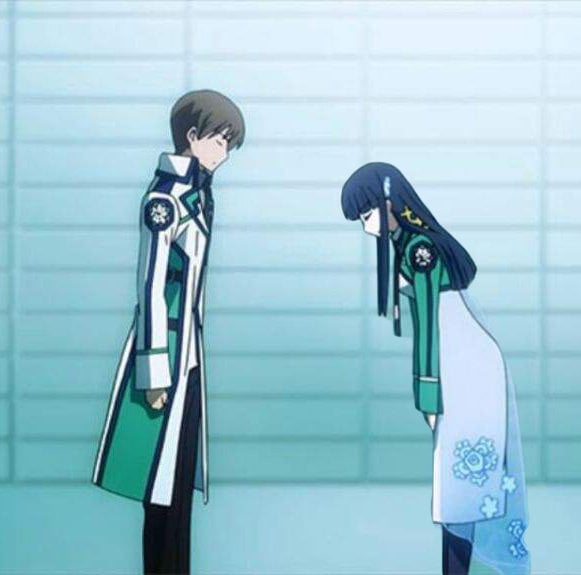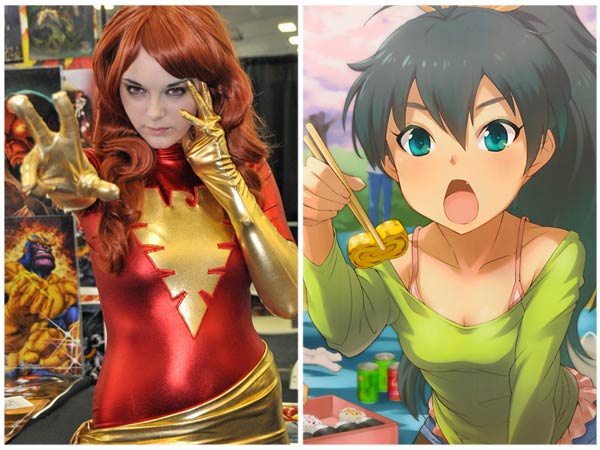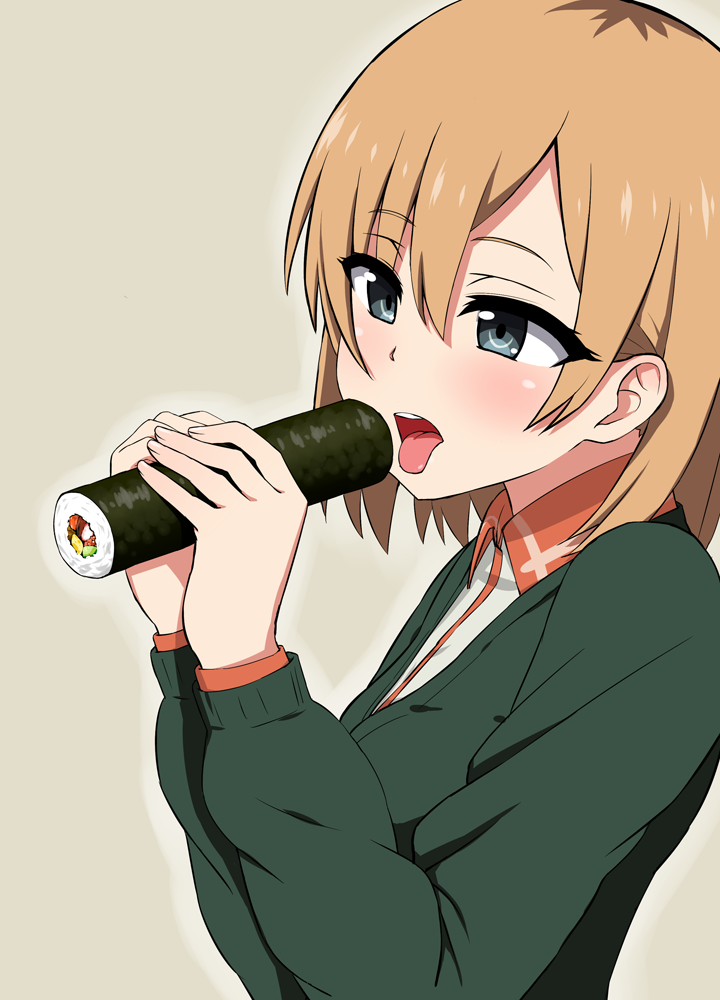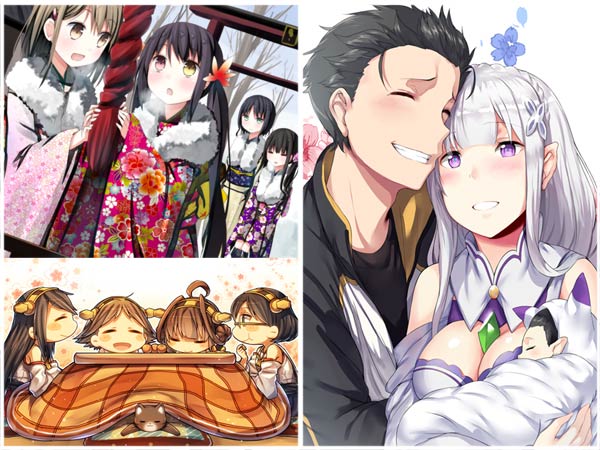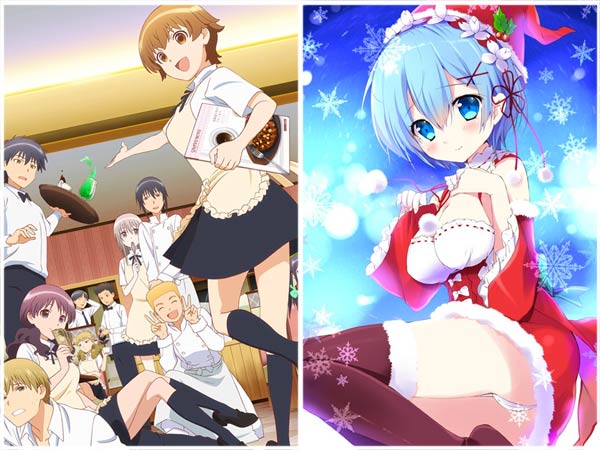I love Japanese public baths (sento) and hot springs (onsen, pronounced “own-sen”), and have gone with my kids for years. Public baths hail back from the Edo era when people didn’t have private baths in their homes and had to go to community facilities to get clean. Once, when my son was younger and we were in an onsen together, he took me aside and asked me why a little boy playing in one of the baths had a blue bruise on his rear end. This is the famous Mongolian Spot (mokohan in Japanese, meaning “the Old Spot of Mongol”), a blue bruise-like spot which is found on Chinese, Japanese and Mongolian children until the age of five or so. My kids are haafu, half Japanese and half American (well, a quarter American and a quarter British, since my father was born in Chipping Camden in the U.K.), and they were born without this blue spot, which was the subject of much conversation with other mothers when my wife would take the kids in for their regular medical checkups.
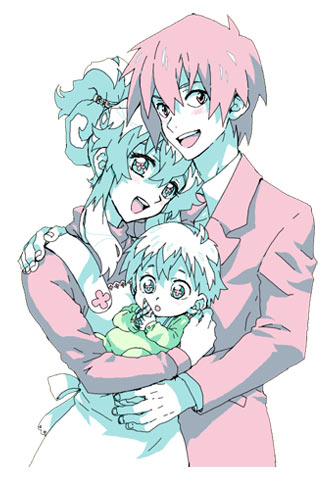
Asian babies are usually born with a blue splotch on their rear ends. Not sure about anime babies.


